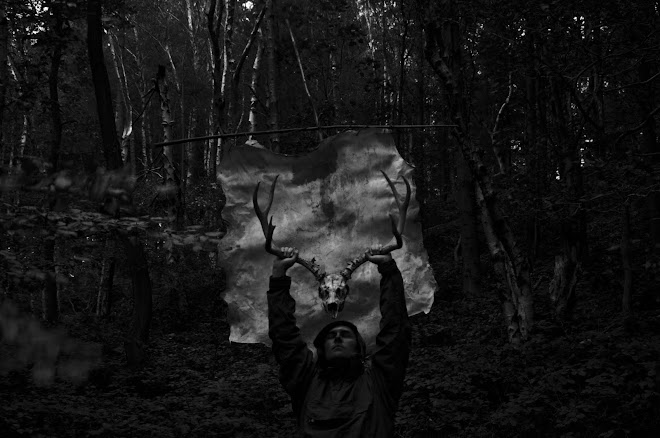skip to main |
skip to sidebar
Neolithic Weekend III: The Cave





The first thing that struck me was how fragile and moveable the scree slope was. I sank past the tops of my boots in the gravel and I noted, with some apprehension, that the boulders around me ranged in size from the size of a mircrowave oven to things considerably larger. It was going to be a delicate and balletic descent, although aided as I was by the superhuman powers bestowed by my Haglofs equipment I had no reason to fear.
My intention was to visit the cave not to cause an avalanche so I moved off the bare slope and proceeded down, as far as was possible, along the grass on the far fringe of the chute. This was easier footing but still dangerously wet and slippy. The rocks in this upper section were mainly reddish, not the dull battleship grey of the Group IV Tuff I had come to see but the only way was down and I meant to continue.
This was not a place to bring your granny for a nice walk in “The Lakes” and as I progressed down the chute I became overpowered by the scale of the landscape around me. The valley floor with its wide obvious path leading up through Mickleden lay a long way below me, the crags of the pikes rose up in vertical walls all around me. The sky seemed to be just in front of me and I experienced that feeling of wanting to launch myself off into the void that people feel on tall buildings or exposed rock.
I saw the cave come into view around a crag on the opposite side of the chute, a dark irregular opening in the rock wall. This was the site. Here, thousands of years ago, prehistoric prospectors who were intimately acquainted with the properties of stone and the uses it could be put to came to quarry the green hornstone, knapping roughouts from the raw material of the mountain before carrying away their loads to be polished into axe-heads that represented the apex-technology of their time.
I crossed the scree slope and entered the cave. It was cooler than outside and wetter, water trickled down the walls and dripped from the ceiling. The floor was made of rough chips of grey-green tuff, mixed in with papers and cigarette ends left by earlier thoughtful visitors. After exploring the cave I re-crossed the scree back to the east side of the chute and found a fairly stable tuffet of grass to eat my sultanas and banana. Later that night around the Woodsmoke camp fire I talked with Will Lord about Langdale axe heads and my trip to the axe factory and he was to express some amazement that I’d bothered to get up there in the first place and he also offered his own experiences of working with the tuff, not least the problem of find somewhere to put your hammerstone so that it didn’t roll down the mountain never to be seen again.
Why come to such dangerous, liminal places to quarry stone when suitable stone for blades could be won elsewhere? Was there something attractive and necessary about accessing such places, in winning blades from the peaks of mountains? Was exposure to risk and hardship part of the process of making the blade, a process that continued when the blade was finished and it was passed on to others, along with it’s lineage and the circumstances of its creation? Up here a threshold has been crossed, even to the herdsmen of the Neolithic this was not home all year long but a place to come to graze their flocks in the long grasses of late summer, a place that afforded views and vistas into other valleys before the clouds came down again and the world withdrew from sight.
How was the stone won from the mountain? By the labour of felling trees and carrying the lumber up to the faces, in the skill of know how to build the right fires that would produce enough heat to crack out the blocks but would not make the stone brittle with too much heat. A skilled and technical process that had to be learned and practiced, experience gained as the rock sang and screamed with the release of steam from trickles of water, a living element that relinquished its secrets slowly and with mystery.







No comments:
Post a Comment